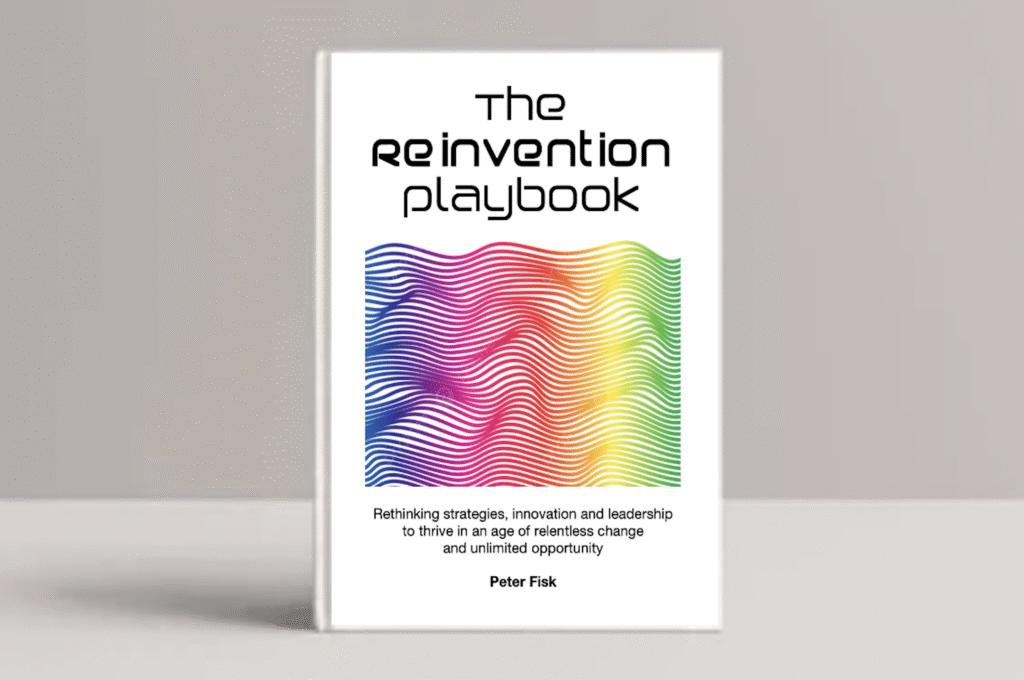Stuck in the Past: The Endurance of Legacy Windows Systems
As technology evolves rapidly, many individuals find themselves tethered to outdated software and devices. A recent experience at a New York City hospital elevator highlighted just how entrenched older Windows operating systems remain in our daily lives. Despite being surrounded by cutting-edge technology, the elevator’s screen displayed an error message from Windows XP, an operating system that debuted nearly 25 years ago.
This year marks the 30th anniversary of Windows 95 and the 50th anniversary of Microsoft itself. While the tech giant has reinvented itself through strategic shifts toward artificial intelligence and has established itself as one of the most valuable companies globally, it is also the legacy of its older systems that still impacts various aspects of society today.
The Influence of Microsoft’s Legacy
Since its inception in 1975, Microsoft has integrated itself profoundly into digital infrastructure. Many sectors continue to depend on outdated Windows software and hardware, which linger long after their initial release. According to Lee Vinsel, an associate professor at Virginia Tech, “Windows is the ultimate infrastructure. It’s why Bill Gates is so rich.” He notes that the presence of these old systems is a testament to Microsoft’s success and the role it has played in facilitating productivity.
Interestingly, even if one is a dedicated Apple enthusiast, daily interactions with Windows systems are hard to avoid. For instance, many ATMs across the U.S. are still powered by legacy Windows systems. Elvis Montiero, an ATM technician in Newark, emphasizes that the costs associated with upgrading these machines—including hardware compatibility and the need for new proprietary software—are significant barriers to modernization.
Old Software, New Challenges
This sentiment resonates across various sectors. For example, Deutsche Bahn, Germany’s railway service, recently sought an IT systems administrator for its trains, requiring familiarity with Windows 3.11, an operating system released over three decades ago. Given that certain trains remain in service for up to 30 years, relying on these outdated systems becomes a necessity.
In another surprising application of ancient tech, the Muni Metro in San Francisco still requires operators to use a floppy disk each morning to load DOS software for its train control systems—an archaic method that the transit authority plans to replace but is still in effect.
A Glimpse Into Specialized Hardware
In settings that demand high-quality outputs, old computers often still see heavy use. For instance, John Watts, a fine art photography post-processor, uses LightJet printers that rely on Windows 2000. “Upgrading one of our computers to Windows Vista would cost us around $50,000,” he remarks, adding, “I can’t stand Windows machines, but I’m stuck with them.”
Such sentiments are echoed by woodworker Scott Carlson, whose CNC machines rely on Windows XP. He often faces system errors stemming from the outdated software, leading to frequent repairs to keep the machines operational. Psychologist Eric Zabriskie, working in the Veterans Affairs sector, found himself waiting up to 15 minutes for his outdated computer to boot—an indication of how legacy systems can hinder efficiency.
Legacies in the Digital Space
Maintaining old technology often boils down to a lack of investment in updates. M. Scott Ford, a software developer specializing in legacy systems, explains that organizations often focus on introducing new features instead of improving existing systems, perpetuating reliance on older technologies.
The VA’s electronic health records system, Computerized Patient Record System (CPRS), integrates with a system first launched in 1985. While there are plans to transition to a more modern system by 2031, many staff still grapple with a user interface that feels outdated, which complicates day-to-day operations.
Preservation Efforts
While many users are compelled to work with aging technology, others actively preserve it out of admiration. Dene Grigar from Washington State University curates a collection of vintage computers for preserving early digital art and literature. Her mission is to celebrate the artistry created on these systems, underscoring the unique experiences they offer.
Microsoft’s approach of allowing organizations to leverage existing hardware while charging for software licenses has resulted in a unique retention of old systems that can be cumbersome yet reliable. As time goes on, the interplay between old software and modern demands remains an essential dialogue in technology’s evolution.
| Operating System | Year Released | Common Usage |
|---|---|---|
| Windows XP | 2001 | ATMs, CNC Machines |
| Windows 3.11 | 1992 | Train Control Systems |
| Windows 2000 | 1999 | High-End Printers |
| MS-DOS | 1981 | Various Legacy Systems |

